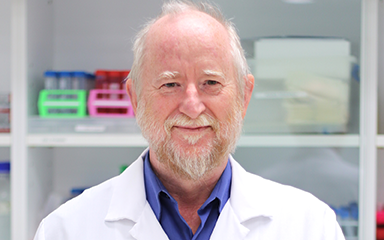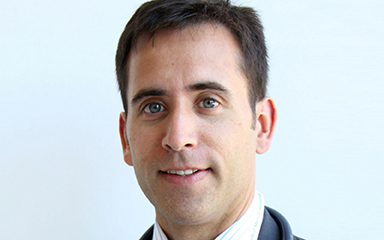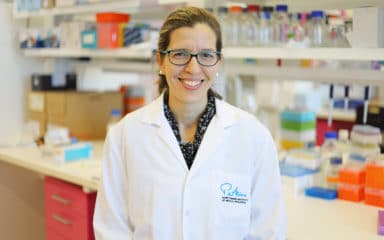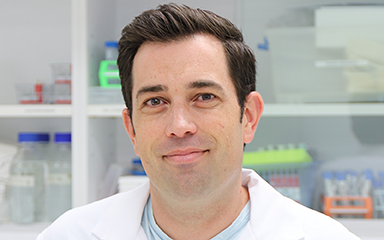It is estimated that 280 Australians develop diabetes every day. The 2005 Australian AusDiab Follow-up Study (Australian Diabetes, Obesity and Lifestyle Study) showed that 1.7 million Australians have diabetes but that up to half of the cases of type 2 diabetes remain undiagnosed. By 2031 it is estimated that 3.3 million Australians will have type 2 diabetes.
Diabetes is a chronic condition. For our bodies to work properly we need to convert glucose (sugar) from food into energy. A hormone called insulin is essential for the conversion of glucose into energy. In people with diabetes, insulin is no longer produced or not produced in sufficient amounts by the body. So when people with diabetes eat glucose, which is in foods such as breads, cereals, fruit and starchy vegetables, legumes, milk, yoghurt and sweets, it can’t be converted into energy. Instead of being turned into energy the glucose stays in the blood. This is why blood glucose levels are higher in people with diabetes. Glucose is carried around your body in your blood. Your blood glucose level is called glycaemia.
The exact cause of type 1 diabetes is not yet known, however, it has a strong family link and cannot be prevented. It has nothing to do with lifestyle, although maintaining a healthy lifestyle is important in helping to manage type 1 diabetes. At this stage nothing can be done to prevent or cure type 1 diabetes.
Many Australians, particularly those over 40, are at risk of developing type 2 diabetes through lifestyle factors such as nutrition and physical activity. Family history and genetics also play a role in type 2 diabetes.In Australia, nearly two thirds of men and half of all women are overweight or obese. This is a key factor in the alarming rise of type 2 diabetes. Yet up to 60 per cent of diabetes cases could be prevented, or at least delayed, by people maintaining a healthy weight.
Up to 60% of cases of type 2 can be prevented and we know that good blood glucose control and maintaining a healthy lifestyle can significantly improve the complications associated with diabetes.
Diabetes is recognised as a major public health problem and is Australia’s fifth “national health priority area”. Diabetes is characterised by increased blood sugar levels, and has two major forms: Type 1 diabetes, which results from the person’s own immune system destroying the insulin-producing cells; and Type 2 diabetes, which results from the person’s growing inability to respond normally to insulin. Both forms of diabetes are caused by complex interactions between many genes and environmental factors.
The Perkins Centre for Diabetes Research is part of the world-wide Type 1 Diabetes Genetics Consortium and is leading collaborative networks across Australia and the Asia-Pacific region in assembling resources to identify the genes which affect the risk of developing type 1 diabetes.
The team studies pre-clinical models of type 2 diabetes and diabetes complications and their work has resulted in the identification of genes affecting each form of diabetes. Professor Grant Morahan and his team are now investigating ways to restore the ability to produce insulin through stem cell treatments. The team has also established state-of-the-art “systems genetics” technologies, which will integrate multiple levels of data with underlying genetic information, allowing the definition of networks of interacting genes.
Professor Grant Morahan has worked with the Diabetes Clinic at Sir Charles Gardiner Hospital to develop a test that could indicate a person’s chances of developing type 1 diabetes. His team are also planning a clinical study that will help determine the genetic factors that contribute to a person developing diabetic complications.






